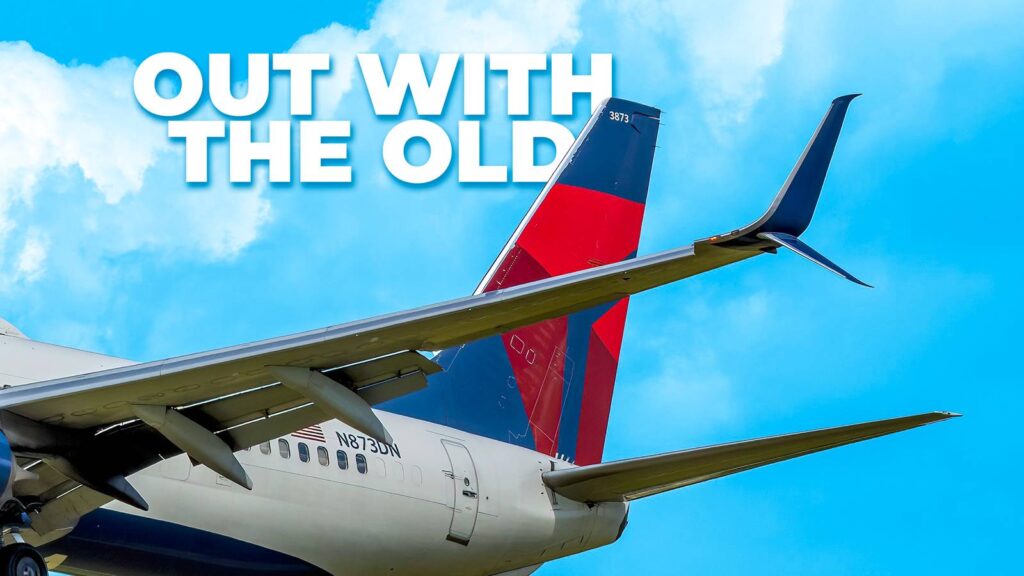The airline industry faces increasing pressure to enhance efficiency and sustainability, driven by rising fuel costs and stricter environmental standards. To address these challenges, airlines are adopting innovations like advanced engines, lightweight materials, and particularly winglets.
Winglets are upward or split extensions at the wingtips that reduce drag by disrupting the vortices generated at the wingtip, allowing aircraft to travel the same distances while consuming less fuel. This technology, first suggested by Frederick Lanchester in 1897 and advanced by NASA in the 1970s, has become standard, especially amongst major airlines like Delta.
Delta has invested significantly in winglet technology, transitioning from blend winglets—characterized by a smooth curve—to more efficient split scimitar winglets, which add downward-facing fins for further drag reduction. The split scimitar design offers about 5.5% fuel savings, surpassing the 3.3% savings of blend winglets.
Delta has also placed orders for the new Boeing 737 Max 10, featuring advanced winglet designs that promise even greater efficiency. Overall, winglets have evolved into a crucial technology for improving fuel economy and supporting the industry’s broader goals of cost management and sustainability.
Source link


